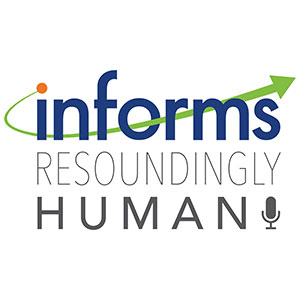
Research: When a Higher Minimum Wage Leads to Lower Compensation
In the U.S., we’re seeing an increasing number of calls to increase the national minimum wage to $15/hour. Many states and municipalitieshave already passed minimum wage hikes in the last several years, and a variety of proposals are under consideration at the federal level.















